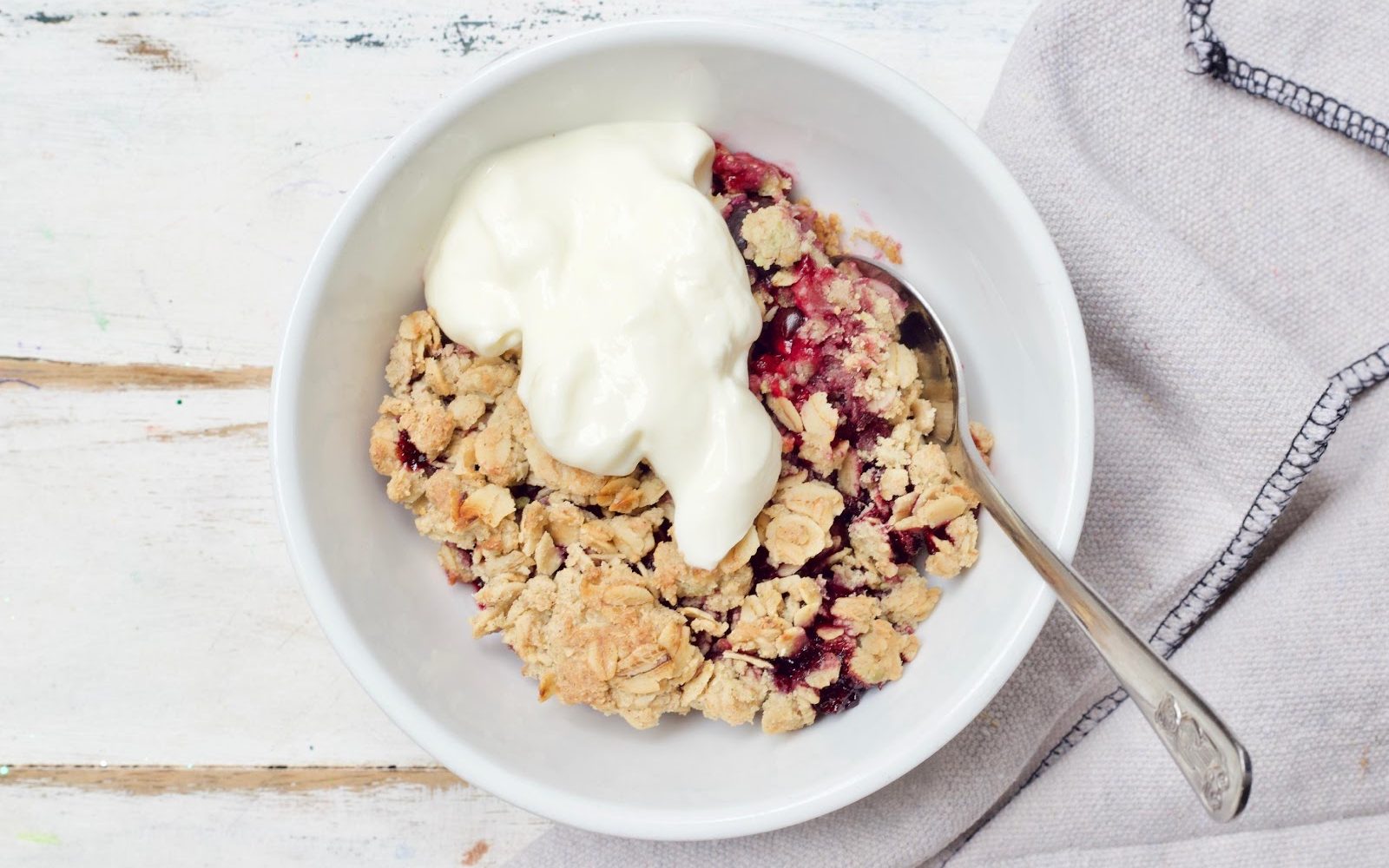7 ways to ensure each child gets the right amount of protein

Serving adequate protein can be challenging in early childhood education and care (ECEC) settings. As well as nut, dairy and egg allergies, cooks and chefs need to consider cultural preferences such as vegan and vegetarian lifestyles, and religious requirements which see children unable to eat certain proteins such as beef or pork.
The good news is that most children, even those who are vegan, vegetarian or who have allergies, can receive their daily protein quota and easily exceed the recommended protein requirements with a balanced diet that includes a wide variety of healthy protein sources.
Vegetables and protein are usually two of the five food groups that children avoid, even though they are critical for overall health and energy. With nutritious meal plans and educators modelling healthy eating behaviours, ECEC settings can help children to accept and enjoy these important food groups.
The pros for protein
Protein contains amino acids that the body uses to build and maintain muscle, bone, enzymes and red blood cells. Protein-rich food also contains minerals and vitamins such as vitamin B12, zinc and iron, all necessary for overall health and wellbeing.
Eating protein-rich meals:
- Helps children stay fuller for longer
- Makes children less likely to snack between meals
- Keeps kids on their toes, mentally and physically
- Boosts the immune system
There are 20 amino acids found in proteins. Eleven of these are made by the body (non-essential) while the other nine must come from the diet (essential). To produce all 20, kids need ample and varied sources of protein in their diets.
Best sources of protein
The best, most complete sources of protein come from animals, such as red meat, poultry, fish, eggs and dairy products. Two plant sources also make the cut; soy protein (such as soy beans, tofu, tempeh and soy milk) and quinoa, which is the only legume and whole grain to be considered a complete protein as it contains all essential amino acids. Other pulses, seeds and whole grains can help children get an adequate amount of protein each day, even though they all lack one or more of the essential amino acids.
How much protein should children be eating?
I recommend serving protein with each meal – and there is no issue for children to exceed their Recommended Daily Intake if it’s with high-quality protein.
7 ways to serve more protein
- Serve plain yogurt with crushed seeds and fruit at morning or afternoon tea (dairy or coconut if required)
- Cook grains such as rice, quinoa or pasta in chicken or beef stock, or even bone broth
- Always serve veggie sticks with a dip such as hummus, tzatziki or tahini
- Instead of serving jam or honey sandwiches, add a layer of tahini or sunflower seed butter – this has more protein than other nut butters and is allergy friendly
- Make egg wraps instead of using wheat wraps where possible
- Use yogurt or a tahini dressing instead of mayonnaise
- Ensure smoothies have a protein addition – from yoghurt to milk or a child-safe protein powder
Children’s growth and development will thrive with adequate protein in their daily meals, and it’s in your power to help. Seasonal menus, a focus on variety and some clever hacks to boost protein intake are all helpful ways to ensure they’re getting what they need for ultimate immune function, energy and nourishment.
Popular

Workforce
Policy
Quality
Practice
Provider
Research
ECEC must change now, our children can’t wait for another inquiry
2025-07-02 07:47:14
by Fiona Alston

Practice
Provider
Quality
Workforce
Leading with Curiosity: How distributed leadership is redefining the future of early childhood education
2025-07-03 07:42:07
by Contributed Content

Events News
Workforce
Marketplace
Practice
Quality
Provider
Research
An exclusive “Fireside Chat” with ECEC Champion Myra Geddes
2025-07-01 11:25:05
by Fiona Alston













